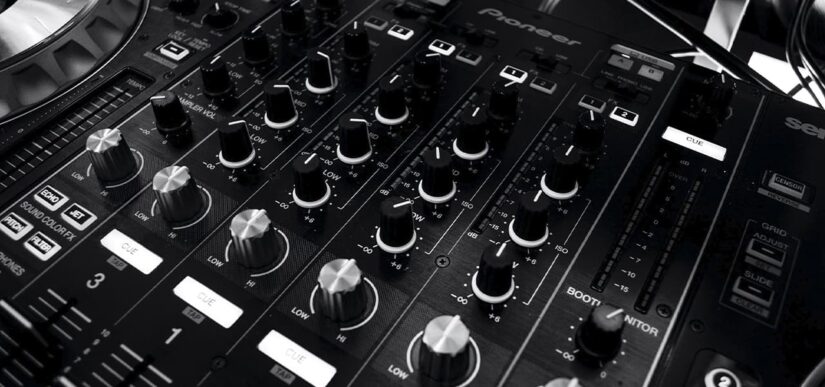Tips for using music in games
By nature, most game developers are visually oriented. They will spend hours designing and discussing art, character skins, and game effects. Of course, sound effects get a lot of attention as well, but when it comes to music, the conversations often get quieted down.
Nevertheless, background music is a fundamental component of gameplay. Not only does great music greatly enhance the game, poor music choices can make a great game almost unplayable for many of your players.
- Choosing a style of music
Just as it’s hard to imagine “Star Wars” without John Williams’ full orchestral compositions, it would be hard to imagine a “Super Mario Brothers” game without catchy 8-bit tracks. The next time you download “Skyrim,” check out the main theme, which features a chorus of 30 voices singing in the game’s dragon language.
Listen to music from popular games of your genre. You don’t actually have to play the game to access the music. Go to Steam and watch the promos to listen to samples. Many of them can be found in the walkthrough on YouTube, and there are entire soundtracks uploaded to Bandcamp. Consider the following popular style options to complement your playing: orchestral or cinematic, piano, guitar or other stringed instrument, rock music, pop music, electronic or digital, 8-bit electronic synthesizer (chiptune).
- Musical ambience and tempo
Once you’ve decided on a style of music, it’s time to determine what kind of music will best suit your playing. You may want the same mood throughout the game, or if the game action changes, you may want to mix it up. Obviously, it depends on the mood of your game, your graphics, and the action. Spooky or gothic music might work for a puzzle game with a dark theme, such as solving a murder mystery. A first-person shooter or racing game is better suited to dynamic music.
Tempo determines how fast or slow a tune is played and is measured by the number of beats per minute. As the tempo of the action in your game speeds up, so should the tempo of the music. Divide the levels or scenes in your game into 3 categories: slow, medium, and fast. Then choose 3 pieces of background music with tempos corresponding to each speed.
- Finding great music on a limited budget
If you’re just starting out, your budget won’t allow you to engage the London Symphony Orchestra. But there are an unlimited number of students, aspiring musicians and composers available for a small price. Place an ad on Craigslist or contact your local college. There are hundreds of musicians available on Fivrrr, many of whom would be more than happy to work for you from $50 to $100 on your first project.
If your music budget is close to zero, don’t worry. Find a library of resources where you can get game music for free. Regardless of where you get your music, make sure you have a commercial license. If the music has been released to the public domain by the owner, free commercial use should automatically be included. However, music that is listed as “copyright free” or “royalty paid” is often free for personal use, but not for commercial purposes such as movies, concerts and video games.
- Mastering music volume
How loud the background music is played can be a delicate balance that determines the appeal of a game. Currently, there are no standards for how loud music can be in a game. However, as the experts point out, people generally expect the volume in any application to be around 69 dB, which is the volume of a normal conversation. They also don’t want music to be loud in one app and too quiet in the next.
Consequently, you will have to determine by ear when choosing the volume of the music. Listen to the music and determine what you like best. Just as you will want to change the tempo of the music for different parts of the game, you can change the volume. It’s also important that the music is not too quiet or too loud compared to the sound effects. You don’t want one to overwhelm the other.
- Setting up your music tracks
The duration of your music tracks should always match the duration of the action. Nothing is more frustrating than an action-packed music track that ends 30 seconds before you finish a level, except possibly switching to another track that keeps playing after you beat the sub-boss.
If you have a Mac, you can use GarageBand to record and edit MP3 files. A great open-source program (that is, free) is Audacity, which works on both Macs and Windows computers.
There are two things to watch out for when adjusting volume: overall volume and music peaks. If you increase or amplify the overall volume, use Audacity’s “normalize” tool to maximize the peaks without clipping them.
In the engine or builder, you can usually also set the volume and add some effects, adjust the “overlap” priorities so the music doesn’t interfere with the sound effects, etc. It’s also where you set up the looping or the order in which the tracks are played on the playlist.
You can start creating your own game and experimenting with background music today using these tips.
